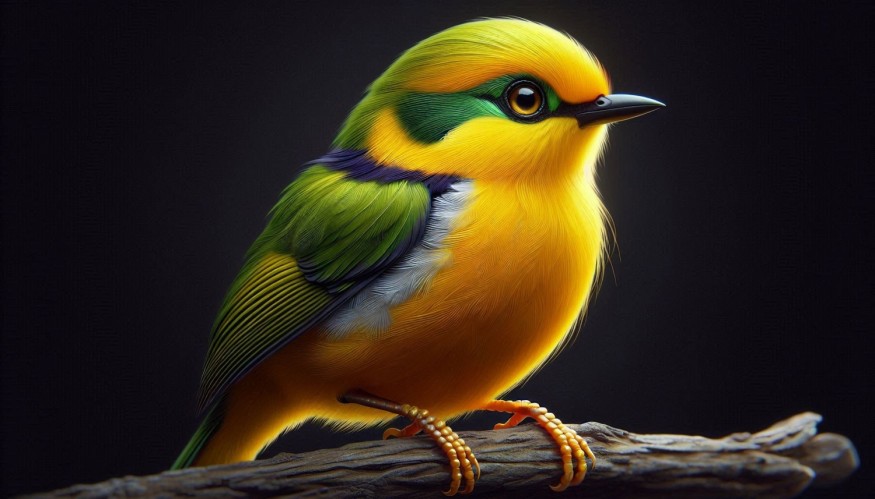In the lush rainforests of Panama, a unique dance of nature has been happening for almost thirty years. Two distinct species of manakins have been blending in with the lush foliage, challenging the human ability to distinguish between species. This is the story of the stable hybrid zone that resulted from the manakins with golden and white collars breeding together. This phenomenon interests scientists as well as bird enthusiasts.
Hybrid Zone: A Stable Melting Pot of Genes

The idea of a hybrid zone is not new in science. It's an area where two species come together, mate, and have offspring with mixed-ancestry.
The hybrid zone in Panama, however, stands out for its stability. A recent study conducted by University of Illinois Urbana-Champaign academics and published in the journal Evolution clarified this phenomenon.
According to the study, the hybrid population's genetic composition has mostly remained unchanged in the last 30 years. This is fascinating since hybrid zones are usually dynamic environments where changes in gene flow can have a significant long-term impact. However, the hybrids-the progeny of the white- and golden-collared manakins-have managed to preserve a stable genetic equilibrium in Panama.
Phenotypic Puzzle: Appearance vs. Genetics
One of the most intriguing features of this hybrid zone is the contrast between genetics and appearance. With their golden yellow collar and dark green belly, the most genetically mixed hybrids are nearly identical to the golden-collared manakin. This is true even though their genetic makeup is equally divided between the two parent species.
On the other hand, the birds that look the most mixed, with traits from both species, are the ones that have most of their DNA from white collars. This surprising discovery emphasizes how complex genetic expression may be and how it might vary from physical characteristics.
Also Read: Russian Scientist Attempted to Create Human-Chimp Hybrid, But the Results Were an 'Abomination'
Implications for Evolutionary Biology
The stability of the hybrid zone in Panama provides essential information on the processes that uphold species boundaries. It also begs the question of what elements support the continuation of such a zone. Is it the manakin behavior, the surroundings, or some other force of evolution at work?
Experts want to continue tracking and analyzing this hybrid population to understand its endurance. The answers may profoundly affect our understanding of biodiversity and evolution in general, as well as the Panamanian manakins.
The Panamanian hybrid zone is evidence of the complex dance of life, in which species can coexist peacefully while overcoming adversity to preserve a fragile genetic balance. This natural wonder reminds us of life's mobility and the mysteries still to be unearthed in evolutionary biology.
How can this research impact conservation efforts?
The new study's findings about the genetic stability of Panamanian manakins have significant ramifications for conservation initiatives. It improves our knowledge of hybrid species' adaptability, which is essential for developing successful conservation plans. Conservationists can better devote resources to conserve more fragile species by identifying genetically stable populations.
Additionally, genetic research supports biodiversity monitoring by recording changes in genetic diversity, which is crucial for evaluating ecosystem health. Guaranteeing genetic diversity also helps restoration programs succeed by promoting ecological resilience.
Moreover, research of this kind can impact policy-making by highlighting the need to preserve genetic diversity and supporting nations in meeting their international conservation obligations.
Ultimately, maintaining genetic diversity is essential for species survival and adaptation, highlighting its significance within the larger conservation and biodiversity preservation framework. The knowledge gathered from the study of Panamanian manakins will greatly benefit future conservation efforts, as it will ensure that the planet's biodiversity is preserved for future generations.
© 2025 NatureWorldNews.com All rights reserved. Do not reproduce without permission.





